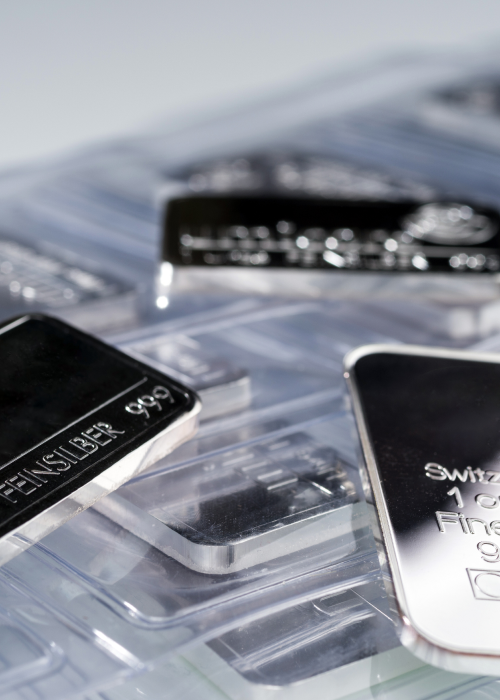| Metal | Gram | Troy Ounce |
|---|---|---|
| Gold | £60.63 | £1885.64 |
| Silver | £0.72 | £22.49 |
| Platinum | £25.61 | £796.33 |
| Metal | Gram | Troy Ounce |
|---|---|---|
| Gold | £60.63 | £1885.64 |
| Silver | £0.72 | £22.49 |
| Platinum | £25.61 | £796.33 |
The Top 10 Gold Producers in the World
Knowledge Base
- How to Invest in Gold?
- Why buy gold?
- Why Buy Physical Gold?
- Where to buy gold?
- Best time to buy gold?
- Gold Bars Vs Gold Coins
- Silver Bullion Vs Gold Bullion
- Gold Sovereigns
- King Charles III Britannia One Ounce Gold Coin
- Storing Gold Bullion
- Understanding VAT and Investment Gold in the UK
- Top 5 Best-Selling Gold Bullion Investments
- Gold vs. ISAs – Making the Right Investment Choice
- Gold vs Bitcoin
- 2024 Gold Price Forecast
- The Top 10 Gold Producers in the World
- Exploring Global Gold Reserves
- Gold Britannia vs Sovereign
- A Comprehensive Guide to Their Unrivalled Craftsmanship
- Delving into the Brilliance of Brilliant Uncirculated Coins
- Bullion Coins - Investment and Numismatic Beauty

Visit All Gold Bars

Visit All Silver Bars

Visit Latest News
The Top 10 Gold Producers in the World

.jpg)



Gold, a symbol of wealth and prosperity, continues to captivate the global market, with several nations standing out as major contributors to its production. In this article, we will delve into the top 10 gold-producing countries, highlighting not only their significance but also the amount of gold they contribute to the world's supply.
1. China
Topping the list, China produces the largest amount of gold globally, with an annual output exceeding 400 metric tons. The country's extensive mining industry and rich gold reserves solidify its position as a key player in the global gold market.
2. Australia
Australia follows closely behind, contributing over 330 metric tons of gold annually. Renowned for its vast mineral resources, the country's gold mines in Western Australia are pivotal in sustaining its robust mining sector.
3. Russia
Russia, with advanced mining technology and abundant gold deposits, produces around 310 metric tons of gold each year. The country's mining infrastructure and vast landscape contribute to its significant output.
4. United States
The United States maintains a strong presence in the global gold market, producing over 200 metric tons annually. Nevada, a key gold-producing region, plays a crucial role in the country's overall output.
5. Canada
Canada's diverse geological landscape contributes to an annual gold output of approximately 170 metric tons. Provinces like Ontario and Quebec are major contributors to the country's substantial production.
6. Peru
Peru's gold production has seen substantial growth, reaching around 150 metric tons annually. Increased investment in the mining sector and the country's rich gold reserves drive its ascent in global production rankings.
7. South Africa
Despite facing challenges, South Africa remains a notable gold producer, contributing around 120 metric tons annually. The Witwatersrand Basin continues to be a critical region for gold mining activities.
8. Ghana
Ghana, a significant gold producer in Africa, contributes approximately 100 metric tons annually. The stability of its mining sector and the involvement of both large-scale and artisanal miners contribute to its success.
9. Indonesia
Indonesia's gold production has steadily increased, reaching approximately 80 metric tons annually. Increased investment and the presence of diverse gold deposits contribute to the country's growing prominence.
10. Uzbekistan
Uzbekistan has experienced a surge in gold production, contributing around 75 metric tons annually. Significant investments in mining infrastructure underscore the country's commitment to expanding its gold industry.
These top 10 gold-producing countries not only shape the dynamics of the global gold market but also contribute significantly in terms of tonnage. As technology continues to advance, and exploration techniques evolve, these key players are likely to maintain their prominence, ensuring a steady supply of the precious metal to meet the world's insatiable demand for gold.
